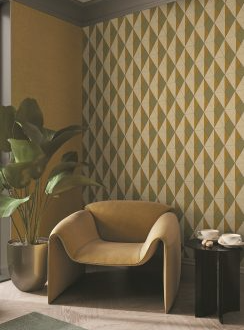
Troubleshooting Common Issues in Subpar Lighting Systems
Outdoor lighting can transform the appearance of a home, but poorly installed or low-quality systems often create ongoing problems. Flickering lights, uneven coverage, or bulbs that burn out too quickly can make outdoor spaces frustrating to enjoy.
Investing in high end landscape lighting helps prevent many issues, but understanding how to handle common problems allows homeowners to maintain systems that remain reliable and visually appealing over time.
Flickering and Dimming Lights:
Flickering often happens because of loose connections, damaged wiring, or voltage drops. Checking plugs, terminals, and wires can solve most flickering problems. Dimming can occur when too many fixtures draw power from a single circuit. Adjusting the load or using fixtures designed for outdoor voltage helps maintain steady brightness across the area, providing consistent illumination for pathways, patios, and garden features.
Uneven Illumination:
Uneven light can leave some areas overly bright while others stay in shadow. Fixture placement is often the main reason for this problem. Fixtures positioned too close together create hotspots, while those too far apart leave dark spaces. Adjusting height, angle, and spacing helps create a more uniform effect, highlighting landscaping, walkways, and architectural elements evenly. Even illumination improves both safety and the visual appeal of outdoor spaces.
Corrosion and Water Issues:
Outdoor fixtures face rain, humidity, and temperature changes, which can lead to corrosion or water entering electrical components. Metals like stainless steel or brass resist rust, but fixtures that are poorly sealed often fail quickly. Inspecting for cracks, replacing worn gaskets, and applying protective coatings or covers can extend fixture life while keeping them looking attractive.
Bulb Failures and Short Lifespan:
Frequent bulb replacement is a common complaint with subpar lighting systems. Low-quality bulbs, wrong wattage, or overheating can cause them to burn out quickly. Choosing bulbs rated for outdoor use, checking fixture compatibility, and avoiding overloaded circuits reduces the frequency of replacements. LED bulbs, though initially more expensive, last much longer and handle outdoor elements better than traditional incandescent options.
Control System Maintenance:
Timers, sensors, and smart controls can fail due to moisture or power surges. Resetting, updating, or replacing faulty components restores proper operation. Regular checks prevent interruptions and keep lighting functional for evening activities, safety, and visual enjoyment.
By addressing flickering, uneven light, corrosion, bulb issues, and control problems, homeowners can troubleshoot subpar lighting and improve both performance and appearance. Well-maintained lighting keeps outdoor areas welcoming, safe, and aesthetically pleasing throughout the year.



